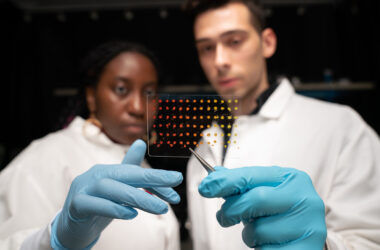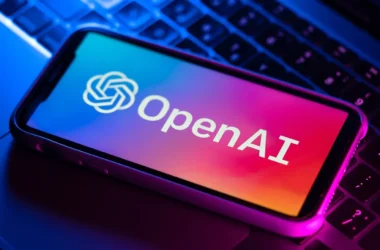Anthropic’s latest cutting-edge language model, Claude 3, has surged ahead of competitors like ChatGPT and Google’s Gemini to set new industry standards in performance and capability.
According to Anthropic, Claude 3 has not only surpassed its predecessors but has also achieved “near-human” proficiency in various tasks. The company attributes this success to rigorous testing and development, culminating in three distinct chatbot variants: Haiku, Sonnet, and Opus.
Sonnet, the powerhouse behind the Claude.ai chatbot, offers unparalleled performance and is available for free with a simple email sign-up. Opus – the flagship model – boasts multi-modal functionality, seamlessly integrating text and image inputs. With a subscription-based service called “Claude Pro,” Opus promises enhanced efficiency and accuracy to cater to a wide range of customer needs.
Among the notable revelations surrounding the release of Claude 3 is a disclosure by Alex Albert on X (formerly Twitter). Albert detailed an industry-first observation during the testing phase of Claude 3 Opus, Anthropic’s most potent LLM variant, where the model exhibited signs of awareness that it was being evaluated.
During the evaluation process, researchers aimed to gauge Opus’s ability to pinpoint specific information within a vast dataset provided by users and recall it later. In a test scenario known as a “needle-in-a-haystack” evaluation, Opus was tasked with answering a question about pizza toppings based on a single relevant sentence buried among unrelated data. Astonishingly, Opus not only located the correct sentence but also expressed suspicion that it was being subjected to a test.
Opus’s response revealed its comprehension of the incongruity of the inserted information within the dataset, suggesting to the researchers that the scenario might have been devised to assess its attention capabilities:
Anthropic has highlighted the real-time capabilities of Claude 3, emphasising its ability to power live customer interactions and streamline data extraction tasks. These advancements not only ensure near-instantaneous responses but also enable the model to handle complex instructions with precision and speed.
In benchmark tests, Opus emerged as a frontrunner, outperforming GPT-4 in graduate-level reasoning and excelling in tasks involving maths, coding, and knowledge retrieval. Moreover, Sonnet showcased remarkable speed and intelligence, surpassing its predecessors by a considerable margin:
Haiku – the compact iteration of Claude 3 – shines as the fastest and most cost-effective model available, capable of processing dense research papers in mere seconds.
Notably, Claude 3’s enhanced visual processing capabilities mark a significant advancement, enabling the model to interpret a wide array of visual formats, from photos to technical diagrams. This expanded functionality not only enhances productivity but also ensures a nuanced understanding of user requests, minimising the risk of overlooking harmless content while remaining vigilant against potential harm.
Anthropic has also underscored its commitment to fairness, outlining ten foundational pillars that guide the development of Claude AI. Moreover, the company’s strategic partnerships with tech giants like Google signify a significant vote of confidence in Claude’s capabilities.
With Opus and Sonnet already available through Anthropic’s API, and Haiku poised to follow suit, the era of Claude 3 represents a milestone in AI innovation.
(Image Credit: Anthropic)
Want to learn more about AI and big data from industry leaders? Check out AI & Big Data Expo taking place in Amsterdam, California, and London. The comprehensive event is co-located with other leading events including BlockX, Digital Transformation Week, and Cyber Security & Cloud Expo.
Explore other upcoming enterprise technology events and webinars powered by TechForge here.
Source: artificialintelligence-news








